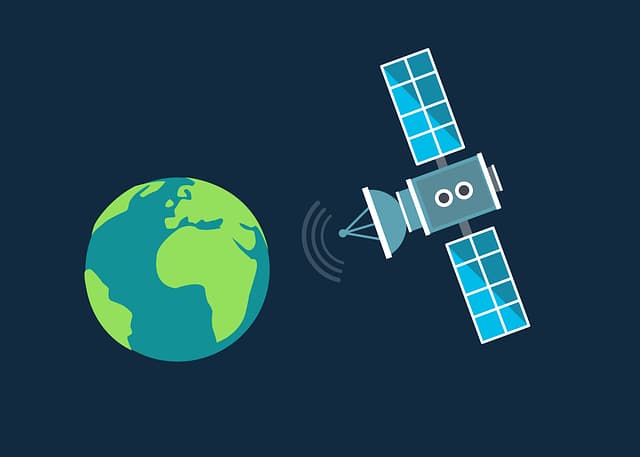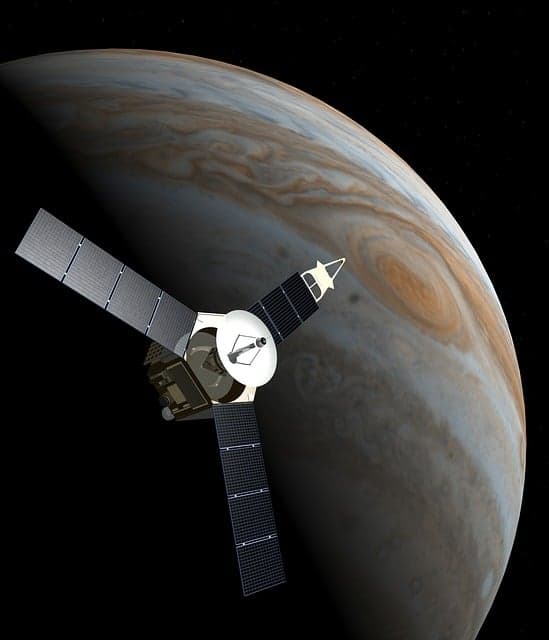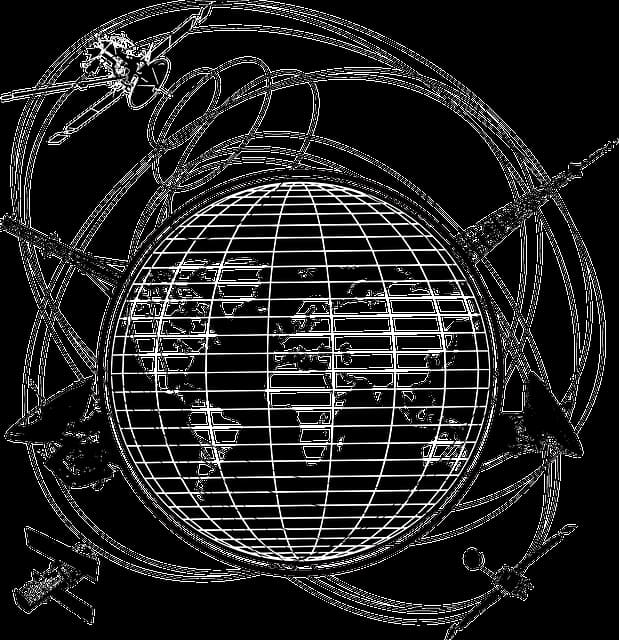In our age of general informatization of society, where the World Wide Web (Internet) is a striking example, there is a need to correctly navigate in the sea of incoming information, to exchange it quickly. To this end, companies create specialized network infrastructures (streaming audio and video data, multi-channel telephone network, security systems, local area networks, etc.). Basically, for organization of communication channel in such networks ground lines are used: wire (copper wire, fiber optic) and wireless (Wi-Fi, WiMAX, Yota, cellular networks).
Absolutely all of the terrestrial communication channels have the following disadvantages: limited territory coverage, network modernization problems (technical and economic), the inability to quickly dismantle equipment and deploy the network in another place. Therefore in a number of cases the use of satellite communication systems is the most justified not only from technical but also from economic point of view and sometimes is the only available option to provide reliable and high quality communication.
Today there is a large number of satellite systems based on different technologies and designed for different applications.
Satellite security systems
On the basis of GPS technology the satellite security systems are rapidly developing nowadays. In automobile industry classic multilevel security system is supplemented by communication channel and car coordinate determination system using both classic methods of radio location by radio beacons and on GPS base. Developed and implemented security systems quite a lot (Cesar Satellite, LOJACK, etc.), but the principle of operation is approximately the same.
In the vehicle is installed covertly central unit, it is connected to a variety of security sensors or is already installed on-board alarm system. In the case of an emergency situation (theft, attack, etc.) the central unit through a communication channel transmits information or the owner or the control center. The communication channel can be organized on the basis of GSM-networks, satellite communication systems or by radio channel. Through the use of GPS-receiver is possible to track the location of the object in real time, view the route taken, the location and duration of stops, and much more.
Satellite TV
Another, the most well-known area of application of satellite systems – satellite television. Remember the satellite dishes (antennas) cozily placed on the houses of your city, they are so familiar with the general landscape of the city, we do not pay attention to them. Set of equipment for receiving programs from any satellite consists of three main elements: antenna, converter and receiver. If you do not go into details, the principle is similar to the work of conventional television antenna, the difference is that the role of towers here is a satellite and the signal from it is not analog but digital (so we have to use in addition to the antenna more and converter to the receiver). But much higher quality and quantity of received channels. Distinctive feature of satellite TV is the ability to receive “closed” or commercial channels which require a paid subscription.
It is worth noting that at the moment more and more widespread is the equipment that allows you to receive TV and connect to the Internet, working with one satellite set.
Global Satellite Communication Systems (GSCS)
Examples of GSSS are: Globalstar, Inmarsat, Thuraya, Iridium. Initially, the systems were designed for mobile and fixed telephony in areas where there are no communication lines. Later, the ability to access the Internet, transfer audio and video information, etc. appeared. The systems became multi-service. The generalized principle of operation for all systems: the satellite, receiving the subscriber signal transmits it to the nearest ground station interface. The ground station of coupling authorizes it and routes it through terrestrial networks or a satellite channel to the destination point – it can be a subscriber of the same or another satellite network, a cellular network, a public telephone network, etc. You can read more about Globalstar’s GSSS here.
Systems differ from each other by the size and cost of subscriber terminals (expensive – in Inmarsat system, cheap – in Thuraya system), traffic cost, coverage area and technical features of the system construction (for example, Inmarsat system uses geostationary satellites, Globalstar and Iridium systems – low-orbital).
Global positioning system
One of the most striking examples of the use of satellite technologies is the Global Positioning System. The system allows to determine with a high degree of accuracy (up to several centimeters) the location of the object (latitude, longitude and altitude above sea level), direction and speed of its movement. Quite interesting is the use of the system by many scientists and researchers as a source of exact time. GPS (Global Positioning System) consists of 24 artificial satellites of the Earth, a network of ground stations for tracking them and an unlimited number of user terminals. To determine your location, a GPS receiver receives signals from the satellites, compares the time the signal is sent from the satellite with the time it is received on Earth, and calculates your exact position.
The GPS system works continuously. To use GPS, simply purchase a GPS receiver. Depending on the purpose, you can choose from wearable, automotive, marine, and aviation models of receivers. GPS allows you to significantly reduce the costs associated with search operations and significantly reduce the time of rescue operations. There is no connection fee and no subscription fee for using the GPS system.
The development of satellite communication systems technology is aimed at reducing the cost of subscriber terminals, reducing the antennas and the power of their transmitters while improving the characteristics of communication channels. A qualitative leap in the development of satellite technologies could be the technology of transferring the network control functions from the central earth station to a single satellite. This will significantly reduce the time delay associated with the time of signal transmission to and from the satellite, which will have a positive impact on the quality of communication.









